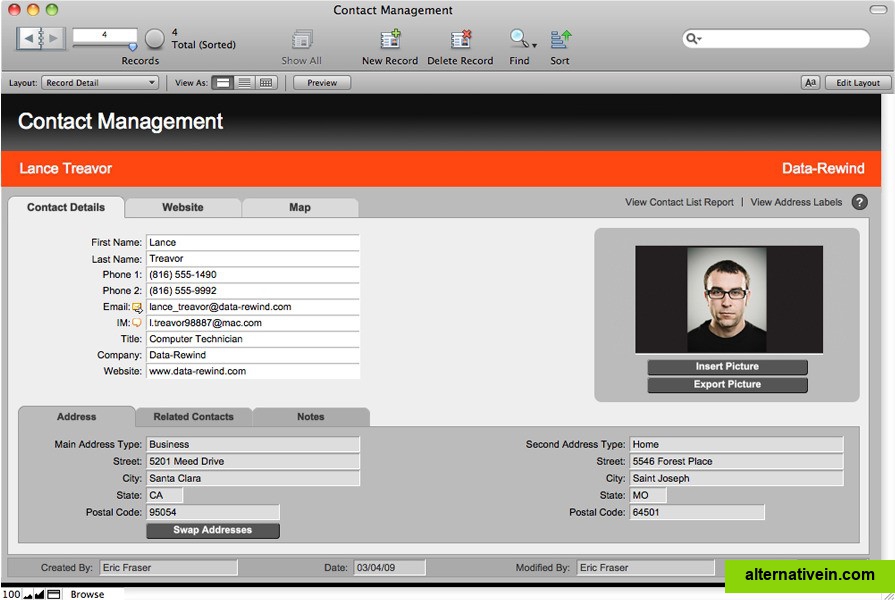


Microsoft had introduced its own database application, Microsoft File, shortly before FileMaker, but was outsold by FileMaker and therefore Microsoft File was discontinued. Microsoft negotiated with Nashoba for the right to publish FileMaker, but Nashoba decided to self-publish the next version, FileMaker 4. Shortly thereafter, Apple Computer formed Claris, a wholly owned subsidiary, to market software.
FILEMAKER PRO OPEN SOURCE SOFTWARE
Open source filemaker pro alternative software#Ĭlaris purchased Nashoba to round out its software suite. By then, Leading Edge and Nutshell had faded from the marketplace because of competition from other DOS- and later Windows-based database products. FileMaker, however, continued to succeed on the Macintosh platform.Ĭlaris changed the product's name to FileMaker II to conform to its naming scheme for other products, such as MacWrite II, but the product changed little from the last Nashoba version. In 1990, the product was released as FileMaker Pro 1.0.
FILEMAKER PRO OPEN SOURCE MAC
Open source filemaker pro alternative mac#Īnd in September 1992, Claris released a cross-platform version for both the Mac and Windows except for a few platform-specific functions, the program's features and user interface were the same. Up to this point FileMaker had no real relational capabilities it was limited to automatically looking up and importing values from other files. It only had the ability to save a state-a filter and a sort, and a layout for the data.

Version 3.0, released around 1995, introduced new relational and scripting features.īy 1995, FileMaker Pro was the only strong-selling product in Claris's lineup. Open source filemaker pro alternative pro# In 1998, Apple moved development of some of the other Claris products in-house, dropped most of the rest, and changed Claris's name to FileMaker, Inc., to concentrate on that product. changed its name (back) to Claris International Inc. and announced Claris Connect workflow software. Version 4.0, introduced in 1997, added a plug-in architecture much like that of Adobe Photoshop, which enabled third-party developers to add features to FileMaker. A bundled plug-in, the Web Companion, allowed the database to act as a web server. Other plug-ins added features to the interface and enabled FileMaker to serve as an FTP client, perform external file operations, and send messages to remote FileMaker files over the Internet or an intranet. Version 5 introduced a new file format (file extension. Version 7, released in 2004, introduced a new file format (file extension. fp7) supporting file sizes up to 8 terabytes (an increase from the 2 gigabytes allowed in previous versions). Individual fields could hold up to 4 gigabytes of binary data (container fields) or 2 gigabytes of 2-byte Unicode text per record (up from 64 kilobytes in previous versions).


 0 kommentar(er)
0 kommentar(er)
